|
This week my youngest daughter made a goal to exercise. Since she is eight she declined doing a Jillian Michaels workout or lifting weights. She resolved to spend more time at the park. This is a great goal. Since she is still little she needed someone to go play or "workout" with her. I volunteered. She rode her bike and I looked around for interesting pictures. I love how the ice looks on the pond. I'm also very excited to see it melting around the edges. Something about this picture of last years bird nest by the side of a frozen pond spoke to me. We have birds all over the place now. They are in the middle of a spring housing tournament. Every morning the sparrows sit and squabble over my fireplace vent. I can hear them discussing the pros and cons and flying in and out to check everything out. "I like the walls. It just needs a new coat of paint." "I'm not sure the master is big enough for us" "It has great access though, and what a roof!" When a bidding war breaks out in the middle of breakfast though, I just turn on the gas fireplace. In just a moment or two the bidding war ends and all the birds fly back into the trees. Some housing markets are just too hot. The sparrows are a rowdy crowd, they have to talk about everything. I have also seen a pair of mourning doves, and a cardinal couple checking out this year's available lodgings. It is a big responsibility to settle down and decide to raise a family, and choosing a spot for a home is a big step! I imagine the bird nest in this picture was a great spot. Beachfront property with the cool breeze off the pond. The nest is still in great shape even after the winter winds. I'm sure that as things turn green again, someone will claim this spot again. How do birds recognize a good spot to build? It isn't all instinct. Apparently they need to practice. I watched a young robin build a nest in a most impractical spot last year. Even with no previous nest building experience, even I could tell that that nest was going to fall off of that branch. We got a little wind before the nest was even finished, and it fell. He found a better spot. It takes perseverance as well. Another robin wanted to build a nest under my deck. I kept pulling down his pile, and he kept putting it back up. Guess who won? He did. I still don't think they should build there, (don't put all of your eggs in that basket!) the babies have a hard time there, but I haven't figured out how to communicate my concerns. Maybe birds don't have as many concerns as we do. They don't worry about the stock market or global pandemics, or supply shortages. On the other hand there is avian influenza. They also have to be concerned about hawks, great horned owls and eagles right here (they sit on my roof). I guess there are also dogs and cats to worry about too, not to mention other birds trying to get your nesting spot. Maybe they worry about food supplies too. Birds certainly deal with lots of variability in food and weather and other problems. It can't be easy, and yet they come out to sing as soon as the storms blow over and the sun comes out. And they'll all band up together and chase the hawks and crows away when they have baby chicks in their nests. Cheerful and brave! Maybe I can learn something from them. Speaking of weather and economic difficulties, this week has been exciting don't you think? Our "nest egg" has taken a hit with the sinking stock markets and there are lots of worries in the air. All of that worry made us wonder about out budget challenge. We have been spending very little and using up our stores from last summer's garden. We still have plenty of stocks in the freezer and pantry, but it made me wonder if we are in the right spot. Travel restrictions, supply shortages and other concerns keep popping up. I pondered reservoirs. I grew up in the mountain west. Reservoirs were everywhere. There is not enough rain all year to take care of everyone's needs, so reservoirs have been built to hold the water that will be needed during dry times. Lately, sometimes the dry times have been close enough together and long enough to have even the biggest reservoirs be at low levels. Here in the Midwest, we have plenty of rain, sometimes too much. Reservoirs can also help control floods by releasing the water at just right amounts to protect the cities downstream. Not all reservoirs are lakes however. A reservoir is a supply or stock of something that will be useful. We have turned our backyard into a food reservoir. Some of that is saving water. We planted the slope of the backyard to control water. Steven keeps adding rain barrels to collect some of the rainwater so we have a buffer in dry weeks. Since it is planted and mulched most of the rain that we get stays in the yard and gardens. We don't have to water as often anymore. The gardens produce better every year. The trees and flowers invite birds and beneficial insects. We provide housing and food, they eat bugs I don't like and a few things that I really do like. It's okay, I can share. We can't make everything though. Well we could, but I have to balance my available time, money, and energy. Just like you wouldn't want to run a reservoir dry just to see how much is in it, we don't want to run all the way out of things before we restock. I can do math and figure out how much is there and how fast we are using it. For those of you who wonder just how fast the reservoir empties for a family of eight mostly teenagers; the flow from these reservoirs are fast, in both food and money. We have saved over $2000 in groceries over 60 days by spending so little, but it really isn't sustainable. Spending so little just lowers the levels in the reservoir. We'll save on impulse buys and by making lots of homemade foods we'll eat better, but sooner or later we have to fill back up, or we will just run dry. A realistic but still tight budget is about $100 per month per person for food and consumables. You would get more per person on food stamps as a comparison :) You'll still have to be careful, but if you grow a garden, keep a food pantry, buy basics on sale, and cook mostly at home, you can make it on that. Any lower than that and you are just running out. We decided not to run the the reservoir dry just to prove we can. Like the gas tank in your car, some things you just need to keep more than half full so you don't run into more trouble by running out.
Enter the semi-annual Costco and Sam's Club stock up run! We are still doing our challenge, but due to the economic weather forecast and other global concerns, we decided it would not be wise to run the reservoirs dry. We took our 2nd exception to stock up on a few things. Steven teases that since it is Leap Day, it wasn't really a day that we planned for on our challenge so it doesn't count, but if your interested it took about $700 of the $2000 we saved to fill us back up to a comfortable level. We didn't really buy very much food. Laundry detergents, tissues, paper towels, shampoo and toothpaste, vitamins, cough drops, oil for the van etc. I'll post a picture below. (I had already put away the almond milk and frozen fruit) We still have plenty of food in the freezer and pantry, but I feel better knowing our toilet paper and toothpaste won't run out. Even with this big outflow from the grocery budget the savings are still filling up. All of this fit into our regular budget of $125 per month per person. At that rate our pantry reservoir stays full and the savings fills up, slowly, but every little bit helps! If we total up all the things we have been able to do over this last year, saving, and budgeting and being intentional, we are thousands of dollars ahead of where we were this time last year. Little drops add up! And no worries! We have 40 days left of the challenge. We'll be back on track tomorrow. If we spend $56 a week for the rest of the challenge, even counting today's expenses we will have only spent $1500 on groceries and consumables in the whole 100 day challenge. That works out to $1.87 spent per person per day, or about 63 cents per meal! That's amazing! Comments are closed.
|
Archives
April 2022
Categories
All
|
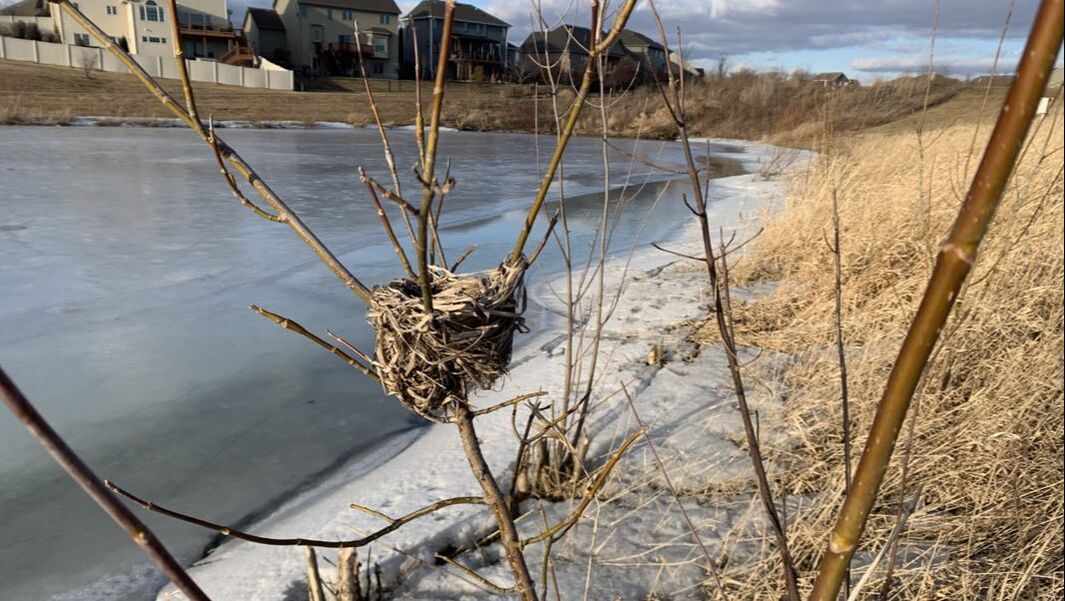
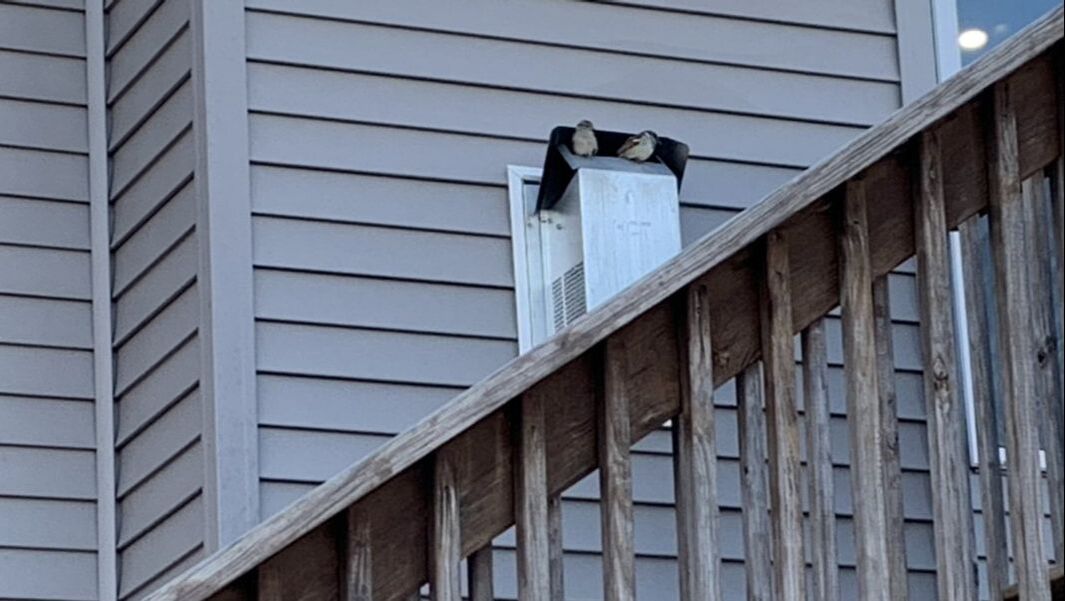
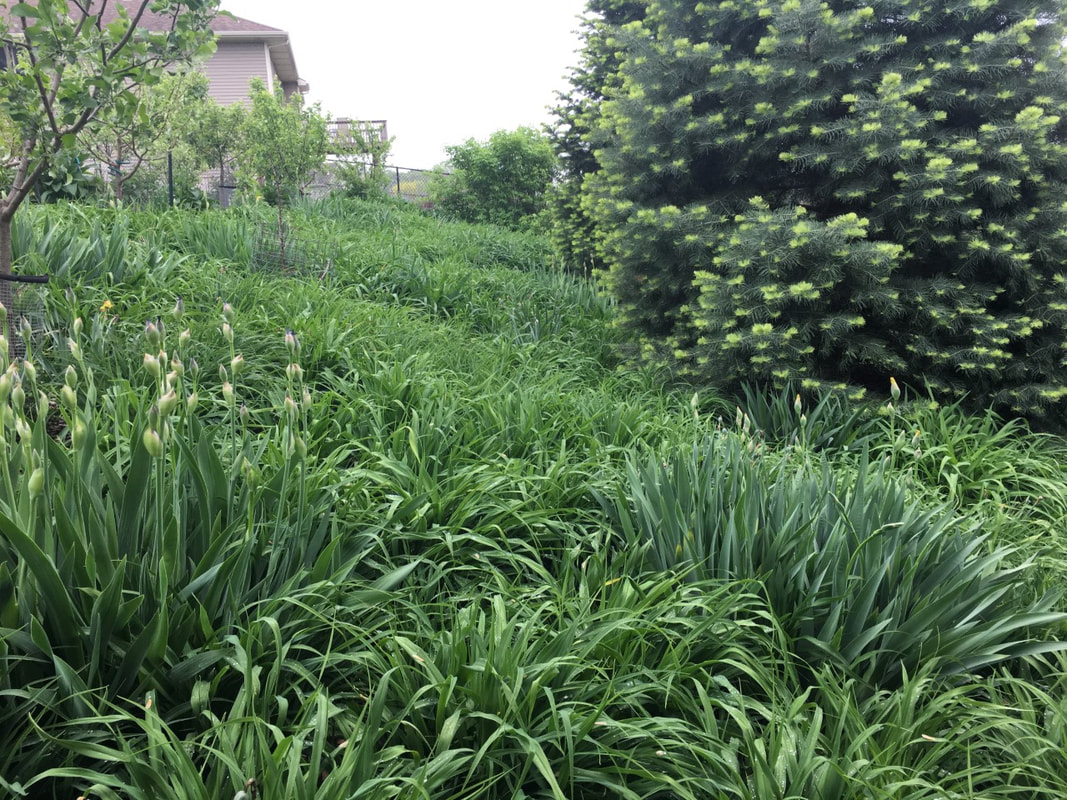
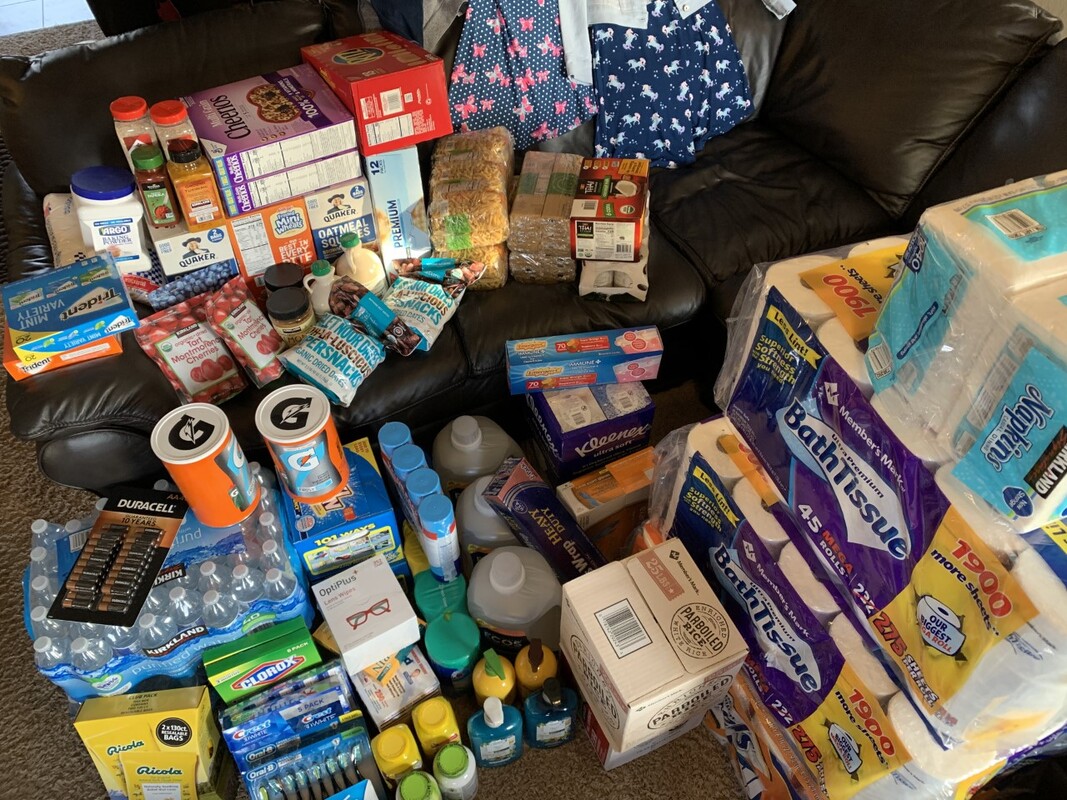
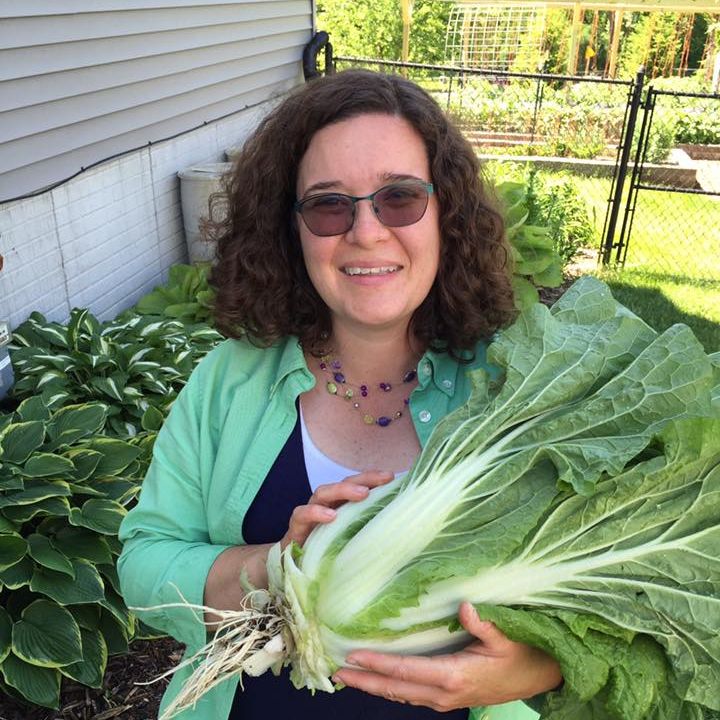
 RSS Feed
RSS Feed